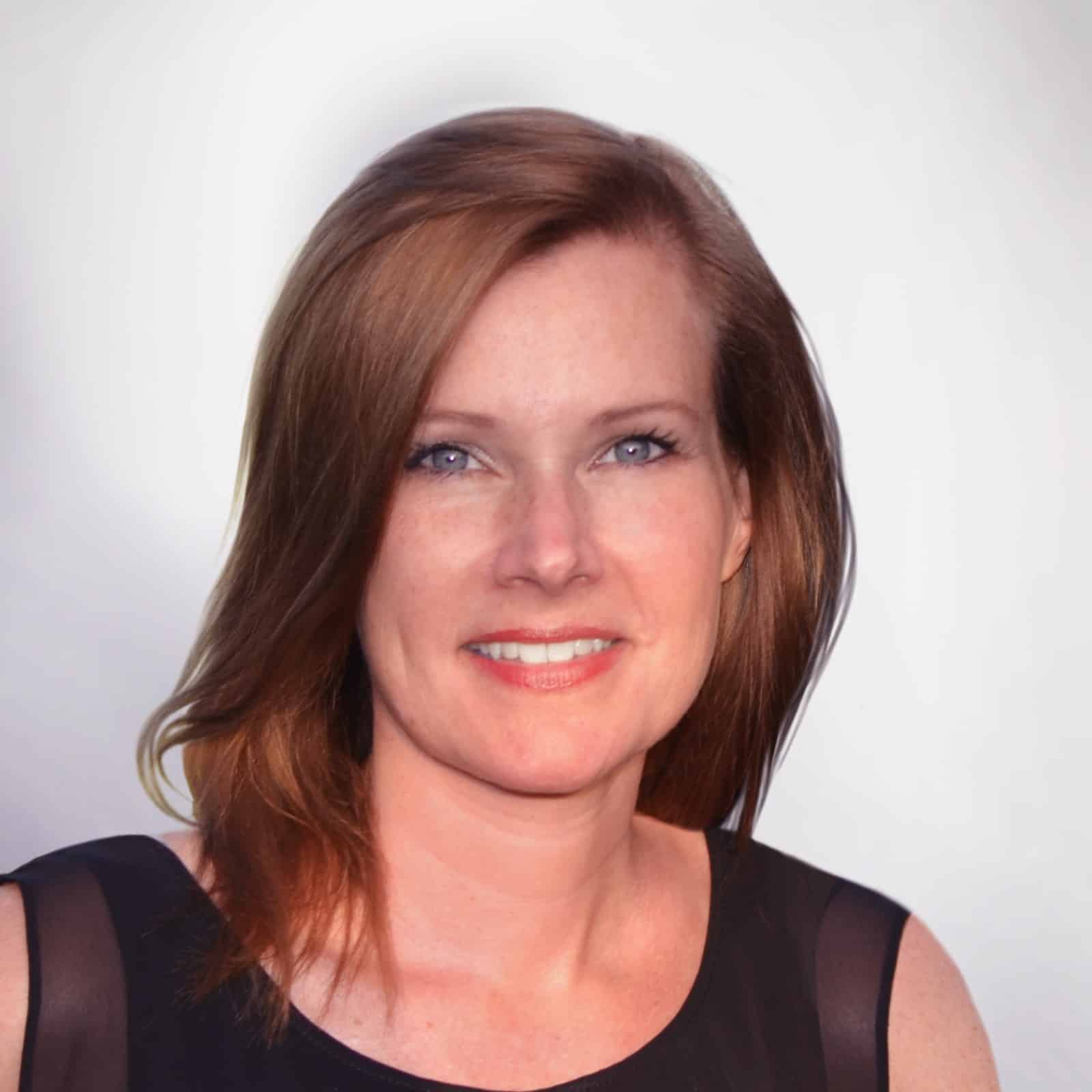From a global pandemic to social and economic unrest, we faced more than our fair share of challenges last year.
And while there’s no discounting how hard 2020 was, there were also a few silver linings.
Having our whole world turned upside down drove us to rethink how we do…well, pretty much everything. We finally realized the full value of remote work and flexible schedules. We’re increasing our commitment to build a more diverse and inclusive workforce. And we’re destigmatizing mental health, finding new ways to support employees holistically.
Open enrollment is no different. Yes, last year was a scramble: to take in new information, adapt to changing regulations and figure out how to communicate with employees virtually. And while it may have felt like a temporary fix, 2020 actually taught us how much of our approach to open enrollment has been broken for years.
Benefits understanding and usage have been dismally low for too long. Employees haven’t been getting enough physical, mental and financial health support. Ever-rising healthcare costs are putting too much pressure on employers and employees alike.
In response, HR teams are taking what they learned last year and paving a new way forward, leveraging open enrollment as an opportunity for better benefits engagement—now, and year-round. Dig in to find out how Jellyvision customers are defining a new era for open enrollment.

Your employees expect better this year
Yes, we’ve been talking about it ad nauseam. But the impact of the pandemic on your employees can’t be understated. And because they’ve been through so much in the past year, they’re expecting a lot more from you now as their employer.
Open enrollment is the perfect opportunity for you to step up your support, finally fix your benefits communication strategy, and show employees that you’re there for them. Because it turns out, we still have a lot of work to do:
Choosin’ and usin’ benefits is stressful
According to a survey we conducted earlier this year, only slightly more than half (57%) of employees credit their employer with doing a good job of explaining benefits and how to use them. Nearly one in five disagree or strongly disagree, indicating that their employer isn’t doing enough, and they’re feeling left in the dark.
That means you’ll need to work harder this open enrollment to make sure employees actually understand the choices they’re making, and know how to maximize their benefits usage throughout the year.
We’re failing when it comes to mental health
When it comes to your benefits package itself, where are employees asking you to step up? No surprise: this year, it’s mental health.
The good news is that many of you already recognize this need, and are increasing support and offering more mental health resources. The bad news? Your employees don’t know about it. According to a recent survey, two-thirds of employers offer an EAP, but only one-third of employees are aware of it. What’s more, there’s a disconnect between the support you think you’re offering, and how supported your employees actually feel:
So, this open enrollment, it’s not so much about adding more mental health resources to your benefits package. It’s about educating employees about what you already offer in a better way, so they’re aware of the support that’s already available to them.
Learn more about how we can improve when it comes to mental health benefits.
The future of your workforce is at stake
Yes, employees are asking for more from you. But HR teams aren’t completely in the dark when it comes to how much support their employees need right now. Employers are stepping up in so many ways, and are increasing their benefits investments to make up for an especially challenging year.
But here’s the catch. If your employees don’t know about the new benefits you’re offering, or they’re confused about how to use them, you all lose. Employees won’t get the healthcare they need, and they’ll put the blame on you — their employer. It’ll cost both of you big bucks when it comes to healthcare spending (we’ll get to that in a minute).
And in the long run, it might just cost you your workforce. The Great Resignation is here, and retention is at an all-time low. Helping employees make the most of their benefits during open enrollment and throughout the year could have a huge impact on how they view you as their employer—and it might just help you avoid a few letters of resignation in your inbox.
Now’s the time to talk about healthcare costs
It’s no secret. Healthcare spending is spiraling out of control, and we know that it’s a top priority for C-suite executives. But the cost of healthcare is also a huge concern for your employees, too.
Over the last decade, healthcare premiums have risen twice as fast as average wages. Simply put, average American workers can’t keep up—and the biggest concern for employees when they choose their benefits isn’t their health, it’s cost.
So this open enrollment, focus extra hard on showing your employees the math: exactly how much will they pay out-of-pocket each month for healthcare, and what deductibles should they expect? How much would they save if they switched to a different plan, and what are the trade-offs? What resources do they have available to pay for unexpected medical expenses? (Hint: think HSA).
Here’s a step-by-step guide to help your employees save money on healthcare.
Virtual communication is here to stay
Virtual open enrollment became the new norm last year as we sheltered in place. And while we’re jumping at the bit to get off Zoom, hug our friends again and brush shoulders with strangers in a crowded bar, HR teams are realizing that a lot of last year’s communication tactics are here to stay. Why? Because they work better than what we were doing before:
Communicating with employees through virtual channels (like Zoom benefits presentations, chatbots, email campaigns and other online resources) is beneficial in countless ways. Your message has the potential to reach more employees: because they can join meetings from a convenient location or listen to the recording on their own time, and they have more opportunities to engage:
And most importantly, a virtual approach is more effective at giving employees the information they need, when they need it—at a time when you might not be personally available to answer benefits questions. Like midnight on a Saturday, when their child has a 103-degree fever and they’re not sure if they should go to the ER or urgent care. Or in the middle of a mental health crisis, when they might not be comfortable calling a coworker for help.
Plus, digitizing your benefits education materials and making them more accessible 24/7 means your HR team will spend less time answering the same questions hundreds of times, and more time on higher-priority tasks. So while going remote may have felt like a temporary stopgap last year, virtual tactics are here for the long-haul.
Building a virtual open enrollment strategy for the first time? Here’s where to start.
Technology’s not optional anymore
All of the basic virtual communication channels we mentioned in the last section are a great start towards modernizing your open enrollment process. But that’s exactly what they are: a start.
Successful HR teams are leaning on benefits engagement technology during open enrollment to help employees make smarter choices:
A benefits engagement tool doesn’t just drive smarter decision-making—it’s what employees want. When asked how they’d most like to learn about their benefits, employees told us in a recent survey that they’d most prefer an interactive tool that asks questions and delivers personalized recommendations.
The best part? It works!
It’s HR’s job to provide stability
We know what this sounds like. “Change your whole approach to open enrollment. But wait! Keep everything the same!”
And yes. This section’s a bit of an oxymoron. But as you work to modernize your open enrollment experience, it’s also important to note how much your employees need you to be a source of stability right now. In an especially turbulent time, open enrollment is one opportunity to provide reassurance and comfort.
So what does this look like? How do we balance the need to adapt with the desire to be a source of stability?
Change the basics of how you communicate, not what you’re communicating. Yes, you might use new technology, or introduce virtual communication channels. You might even add a new benefit or two. But the core of your message at open enrollment should stay the same:
We’re here for you. We’re committed to providing resources now—and throughout the year—that will help you stay healthy, happy, and financially savvy. And we’re making it as easy as possible to understand and choose the right benefits so that you can use them with confidence.
And you can accomplish that through everything we’ve covered in this report. Make benefits information as accessible as possible, anytime employees need it. Be very clear about how much employees should expect to spend on healthcare each year. Make employees aware of all of your benefits, not just your medical plans (cough, cough…EAPs).
Getting smarter about the how this open enrollment will help you clarify the same message you’ve been trying to communicate for all these years: that you’re here to help, and that your employees can rely on you for support. Because when employees choose and use the benefits you offer, you’ll both be happier, and have more money in your pockets.
Your job’s not over when open enrollment ends
After putting your blood, sweat, and tears into making this year The Best Open Enrollment of All Time™, this might be hard to hear. But as soon as your employees make their benefits selections, shut down your enrollment portal, and get their new insurance cards in the mail…they’re going to forget pretty much everything you just told them.
That fact might make you want to rip your hair out. But it should also be a huge factor in how you plan your benefits engagement strategy. Because your job’s not over once everyone signs up for their benefits.
Employees have their own full-time jobs. They’re not like you—they’re not in the benefits trenches every day. So they’re going to need you again the next time they’re thinking about their benefits.
When they suddenly need glasses and haven’t had to look at vision insurance before. When their child breaks a leg at a soccer tournament out of town and they suddenly need an in-network ER. When they receive a cancer diagnosis and need a treatment that insurance will pay for.
So once you’ve had a post-open enrollment nap or two, your next task will be to intercept employees in the moments that matter, and guide them towards smarter benefits decisions year-round.
And you don’t have to do all this alone. ALEX meets employees not only at open enrollment, but throughout the year, providing 24/7 resources and guidance at key moments. ALEX aims to offer benefits experiences that lead to better decisions and more prosperous futures.
Still overwhelmed? We get it and we’re always here to chat, too — reach out if you’d like to talk more about benefits engagement this year.


